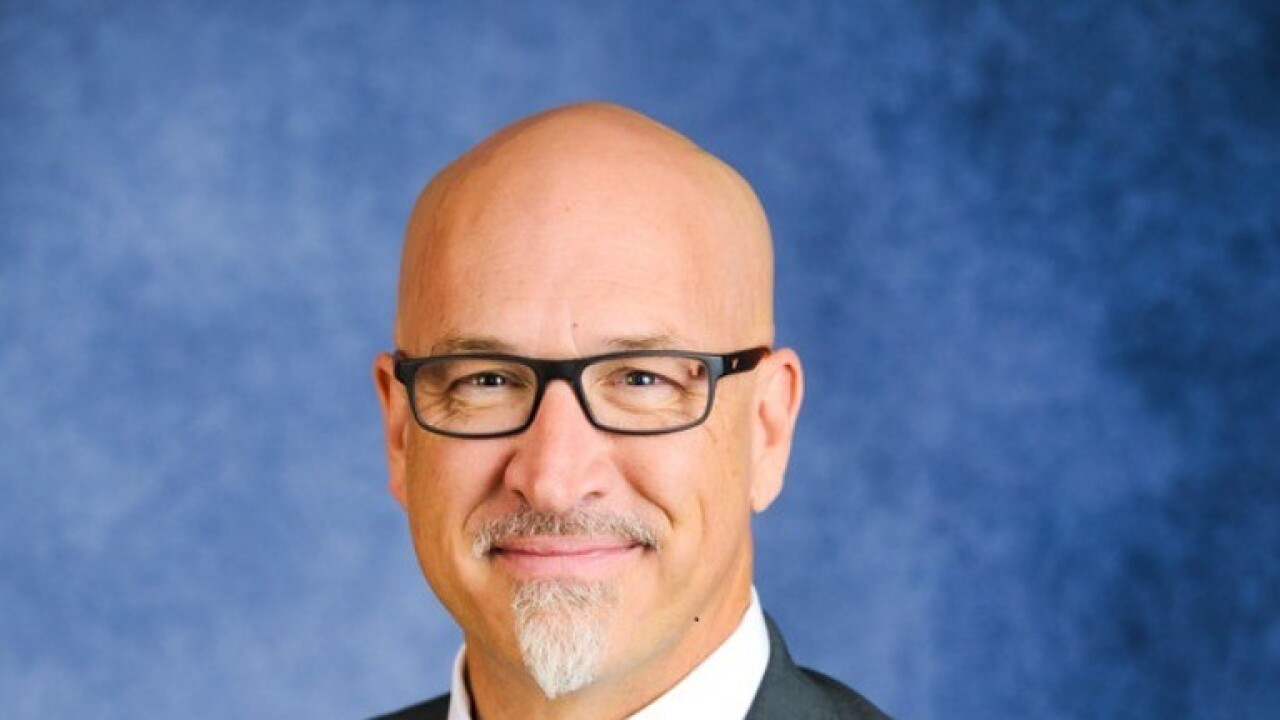Paul Wolfe had been living with obsessive compulsive disorder (OCD) for over 15 years before he decided to share his diagnosis in the workplace. The moment he did, it changed the nature of his role as a leader forever.
In 2020, during the worst of the pandemic, Wolfe was working as the CHRO at Indeed. In an effort to
"I added just two paragraphs about what was going on," he says of his symptoms, which had worsened under the stress of the pandemic. "My assistant Slacked me and asked: 'Are you sure?' And for a minute I paused and re-read it. But then I asked myself, why wouldn't I [share this]?"
Read more:
Obsessive compulsive disorder, or OCD, is characterized by repeated, persistent and unwanted thoughts, urges or images that are intrusive and
Within 30 minutes of his disclosure deploying in the company-wide email, Wolfe received over 400 new emails from employees thanking him for his vulnerability, and
"It was all a bit overwhelming," Wolfe says. "Then it dawned on me — I had been vulnerable, which is not normal of an executive leader. I bared my soul to 12,000 people, not all of whom knew me. Vulnerability is interesting, because if you use it in the right way, it can really change and strengthen and deepen and create new relationships and new connections with people."
OCD affects 2.5 million adults in the U.S., according to the National Institutes of Health. Still, three out of five employees don't feel
Read more:
"The one thing we all had common across all my conversations with the employees I'd talked to was: This is a distraction," Wolfe says. "Intrusive thoughts take the place of getting work done. But as an employee you've got goals and objectives. There was more time being taken up because I had to deal with this stuff and I also had to get my work done,which adds to the stress and the anxiety of it all."
While there is nothing Wolfe or any member of the executive team can do to alleviate employees' OCD symptoms, creating a culture where they can
"It doesn't have to be an extreme example of telling 12,000 people you have OCD," Wolfe says. "Sometimes it's just admitting you don't have an answer, which starts to create an environment for your employees that becomes more psychologically safe. It says to them that you want to figure out a way to deal with an issue and come up with a solution together, that's when they're going to start to become more comfortable and open up to you as a human, too."






